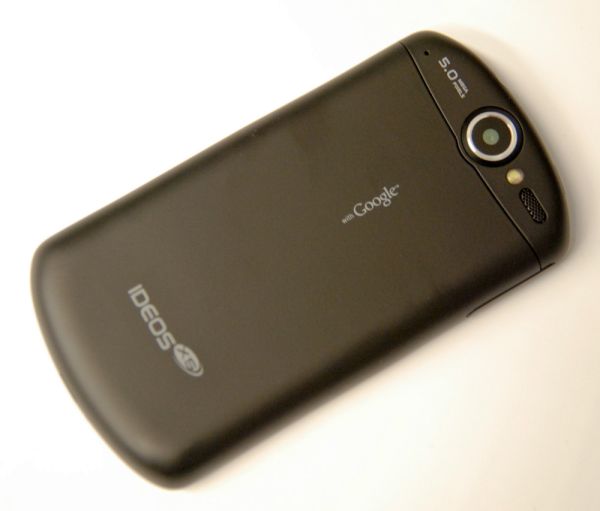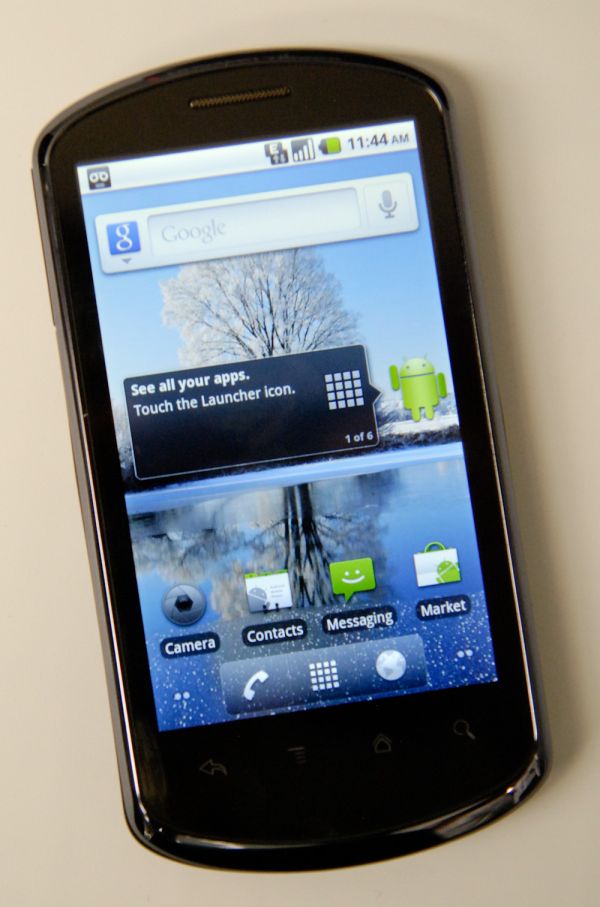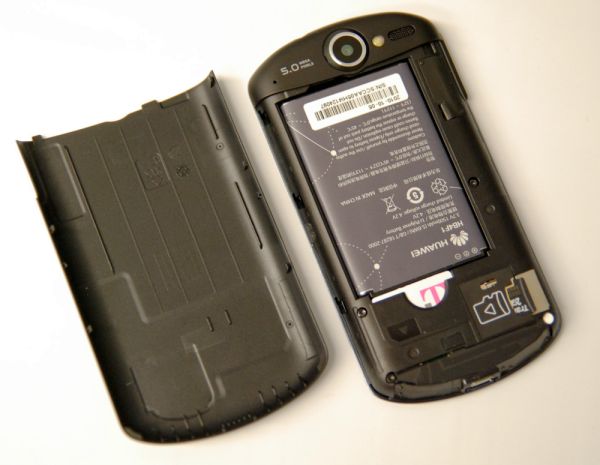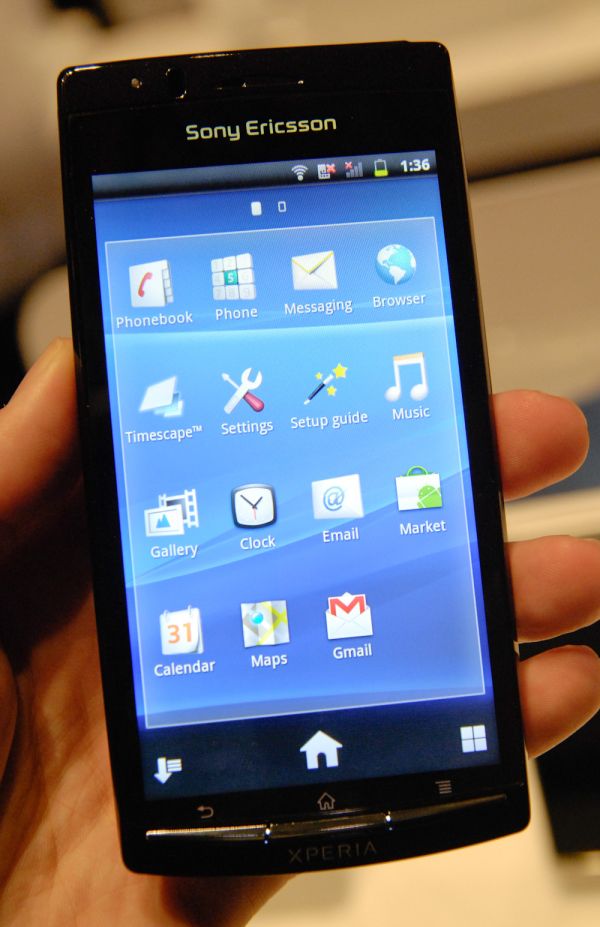
Original Link: https://www.anandtech.com/show/4111/two-cesannounced-android-phones-huawei-ideos-x5-and-sony-xperia-arc-
Two CES-announced Android Phones: Huawei IDEOS X5 and Sony Xperia Arc
by Brian Klug on January 8, 2011 5:36 AM EST- Posted in
- Sony
- Smartphones
- CES
- IDEOS X5
- Xperia Arc
- Mobile
There have been an almost overwhelming number of smartphone launches during this CES - which is definitely a good thing. The whole team has been running around getting hands on time whenever possible in between meetings, and I've been doing the same all day both days. Two phones that I've been meaning to write about are the Huawei IDEOS X5 and Sony Xperia Arc.
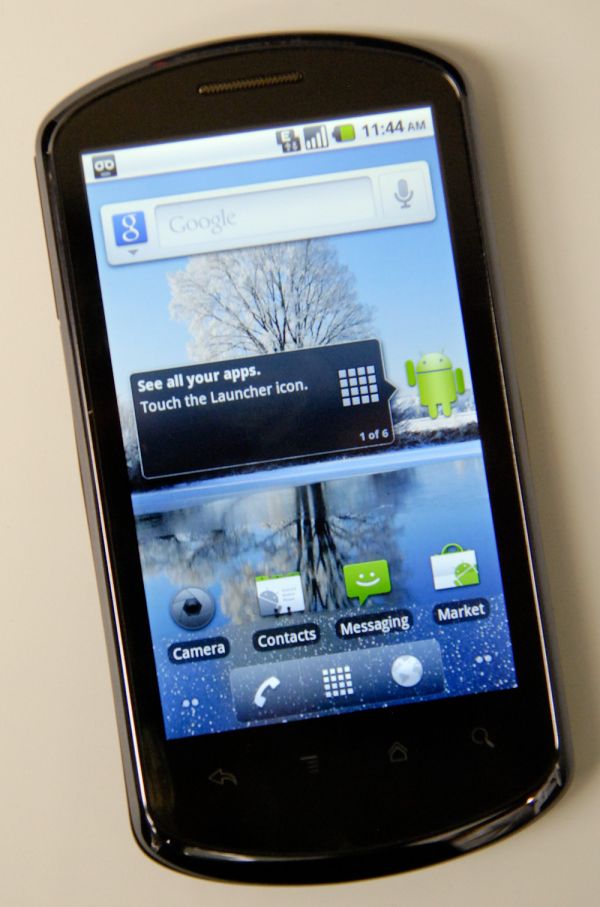
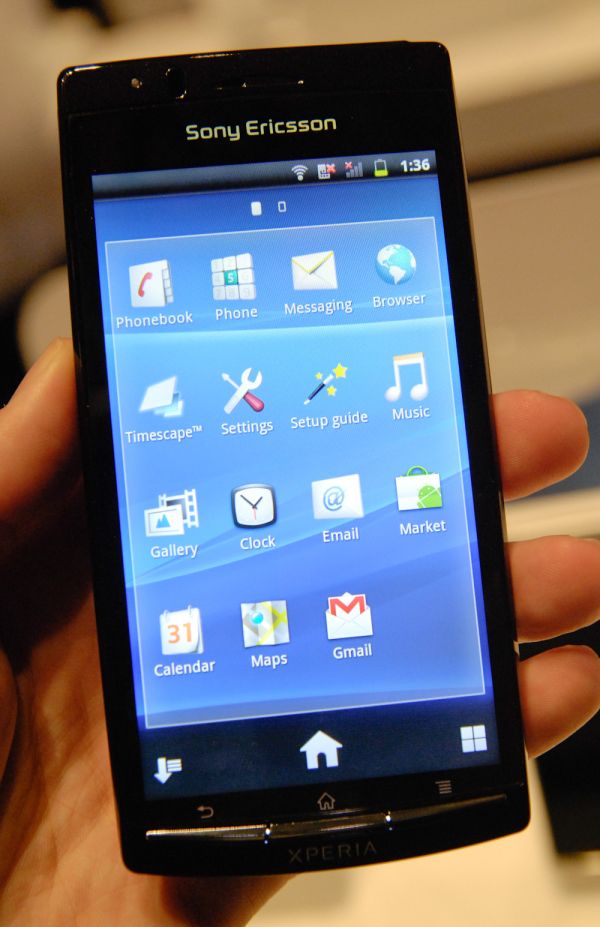
Huawei IDEOS X5 (left), Xperia Arc (right)
Huawei IDEOS X5
On Thursday morning, Huawei introduced its latest handset, the IDEOS X5, which runs stock Android 2.2.1 and packs the same 800 MHz MSM7230 we've seen in the T-Mobile G2. Huawei's spec list is rather impressive actually:
| Huawei Ideos X5 | |
| SoC | 800 MHz MSM7230 (45 nm Snapdragon) |
| GPU | Adreno 205 |
| RAM | 512 MB |
| NAND | 4 GB internal microSD, 512 MB ROM Storage |
| Camera | 5 MP, LED Flash, 720P Video Recording |
| Screen | 3.8" 800x480 LCD-TFT, Capacitive Touch |
| Bands (UMTS) | HSPA+ 14.4, HSUPA 5.76Mbps: 900, 2100, AWS |
| Bands (GSM/EDGE) | GSM/EDGE: 800, 900, 1800, 1900 |
| Weight | 117 grams (4.12 oz) |
| I/O | microUSB, BT 2.1, 802.11a/b/g/n WiFi (2.4 and 5 GHz), 3.5 mm audio |
The industrial design of the IDEOS X5 is surprisingly tasteful, and reminds me a lot of a somewhat wider, simpler Nexus One. The back is a grey soft touch material, there's a Nexus One-ish camera ring, and overall the X5 just has a pleasant feeling in the hands.
It's also relatively thin at 8.7 mm, but not quite as thin as the other two "world's thinnest" devices that have debuted at CES (which seems to be a recurring theme lately). In all honesty, I was decently impressed with the X5's feel and build.
Front is all one unbroken piece of glass with capacitive Android buttons at the bottom. There's a chrome lip which runs around the edge of the phone.
The back of the X5 slides off revealing (unsurprisingly) a T-Mobile SIM and the microSD card slot. It looks like there are antenna traces down on the bottom, like we're used to seeing for so many smartphones. The battery is 1500 mAh/5.6 Whr. There's also a noise cancellation microphone for voice calls just to the left of the 5.0 megapixel silk screening.
Huawei has demonstrated its ability to craft a quality, well put together handset with the X5, a huge improvement from previous devices which were criticized for feeling cheaper and flimsier than competing phones. They also pointed out that the X5 is just one of a number of IDEOS line devices coming in the future. I was decently impressed with everything I saw with the X5, including the fact that it packs a fast, modern SoC with HSPA+ support and has nearly everything else we'd expect from the likes of, say, HTC. It's clear we're going to see a lot more of Huawei in 2011, and we were told that there would be a later version sporting the 1 GHz MSM8255. Whether the X5 gets an update to gingerbread was a bit vague, however the 1 GHz version sporting the faster MSM8255 seems like a likely bet. If the X5 launches at a competitive enough price mid 2011, we could definitely see Huawei become as big of a player in the handset business as it is in the network equipment business.
Sony Xperia Arc
So the most striking thing about the Xperia Arc is that it's running Android 2.3 gingerbread. Outside of the Nexus S, this is the first other device we've seen running google's latest smartphone OS, and what's even more surprising is that the Xperia Arc is running it atop a 1 GHz Qualcomm MSM8255 instead of Samsung Hummingbird like the Nexus S (which is essentially the reference platform for Android 2.3). The whole thing felt very snappy and responsive on the Xperia Arc, and we ran a couple of browser benchmarks on the Arc just to confirm our suspicions, screenshots of which are in the gallery below.
The Arc is visually striking, deriving its namesake from the concave curved backside which is 8.7 mm thick at its thinnest point. The unfortunate downside for the Arc is that the material is fingerprint-magnet plastic just like the Galaxy S and Nexus S - it feels slippery in the hands and looks it too. That said, it's hard to really gauge everything in just a few minutes time, and the Arc does impress. The other curious bit is that there are only three of the four android buttons on the Arc's face - back, home, and menu. Search is curiously absent.
Sony is taking a nod from Apple (though it seems everyone is this CES) by giving its display a brand name. Sony calls its admittedly bright 4.2" TFT-LCD a "Reality Display" and claims it has some secret sauce from Sony's BRAVIA TV heritage which improves quality. I'm not entirely sure what that actually entails, but the display indeed seemed bright and vivid, and viewing angles were good.
Similarly, the camera CMOS in the Arc is Sony's own backside-illuminated Exmor R, and is coupled with their own f/2.4 optical system. We didn't get time to test out the camera, but it'll be interesting to see how Sony's own in-house camera silicon compares to the stuff we've seen from OmniVision being installed in nearly every other smartphone.
| Sony Xperia Arc | |
| SoC | 1 GHz MSM8255 (45 nm Snapdragon) |
| GPU | Adreno 205 |
| RAM | 512 MB |
| NAND | 8 GB microSD |
| Camera | 8.1 MP, Autofocus with LED flash, 720P Video Recording |
| Screen | 4.2" 854x480 LCD-TFT "Reality Display", Capacitive Touch |
| Bands (UMTS) |
HSPA+: 800/850/900/1900/2100 |
| Bands (GSM/EDGE) | GSM/EDGE: 850/900/1800/1900 |
| Height | 125 mm (4.9") |
| Width | 63 mm (2.5") |
| Depth | 8.7 mm (0.3") |
| Weight | 117 grams (4.12 oz) |
| I/O | microUSB, BT, 3.5 mm audio, WiFi |
Sony has its own skin running atop Android 2.3, which dramatically changes the application launcher, dialer, notification bar, and a bunch of other places. You can see a bunch of examples in the gallery. It actually bears a striking resemblance in style to Sony themes on other devices like the PS3, but I'd still imagine people would prefer stock Android, especially since 2.3 really brings striking UI changes. Availability of the Arc will be late Q1 to Q2 2011.

